- Aynak Copper Mine is the second largest copper mine in the world
- The proven copper mine is 705 million tons, with an average copper content of 1.56%. At least 10 million tons of copper can be mined, which is equivalent to 30% of China's total copper reserves
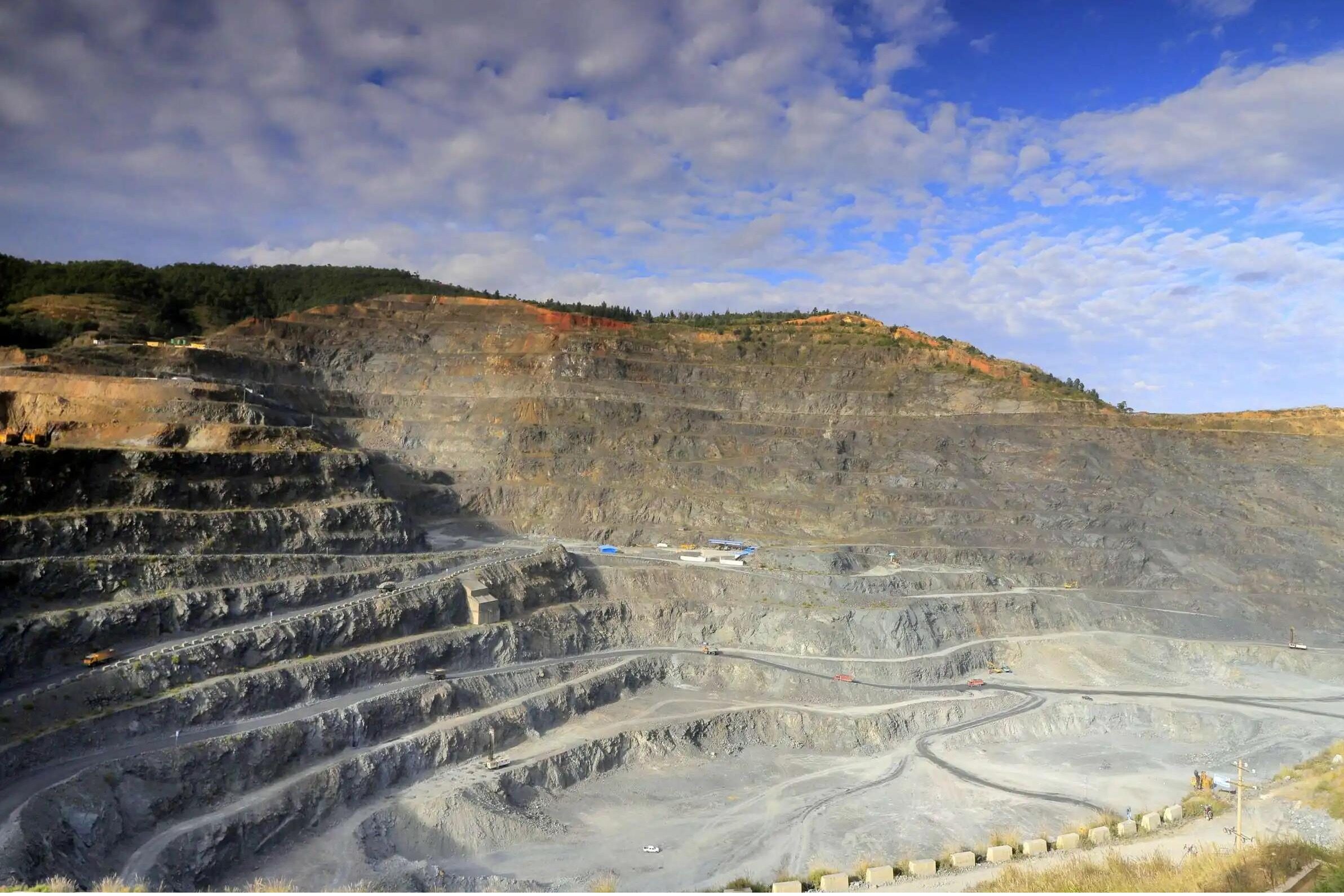
Today, the core of the energy competition is not oil, but gradual electrification. Even Musk said that lithium batteries are the new oil, which is enough to prove the importance of new energy to the development of a country in the future. In the process of new energy development, electric vehicles are a very critical part. In the production of electric vehicles, the most critical metal, in addition to the oil-important lithium, is copper. For China, it has been vigorously promoting electric vehicles in recent years. At present, China has become the world's largest electric vehicle market, so it also needs a lot of copper mines to meet the demand.
However, China's copper production is not high, accounting for only 8.9% of the world's original copper mine production. But China has 47% of the world's copper smelting capacity and 42% of the world's refining capacity, accounting for almost half of the world's production capacity. At the same time, with the development of geological surveys in China in recent years, the proven reserves of copper resources are also increasing. In addition to proving domestic copper mines, China is also actively investing in mines abroad. In April 2022, the new Afghan Taliban government's Ministry of Mines announced that Chinese companies can continue to operate Afghanistan's largest copper mine project - Aynak Copper Mine! In fact, the Chinese-invested copper mine is the second largest in the world, worth trillions of dollars. But because the United States has been obstructing it, it has hindered China from continuing to operate. Until 2022, China won the right to operate the copper mine again.
China's non-Aynak copper mine is not allowed
Copper, with an abundance of only 0.01% in the earth's crust, is an indispensable and important metal from daily life to industrial production. Generally speaking, as long as the mining cost is low enough, copper veins with grades higher than 0.2% are worth developing. Once the grade of the lode exceeds 0.7%, it can be regarded as a standard bonanza. The Aynak lode located in South Logar Province, Afghanistan, has an average copper content of 1.56%.
In addition to rich taste, large enough scale is another characteristic of Aynak. A large number of survey data show that the ore vein contains total reserves of ore as high as 705 million tons. In terms of average taste, that's almost 11 million tons of pure copper!
China's copper reserves are 26 million tons, ranking seventh in the world. The proven reserves of copper are relatively insufficient, accounting for 5.4% of the world's total reserves, and the per capita reserves are equivalent to 18.7% of the world average. In addition, there are few high-quality ores of rich ore and more poor ores; more small and medium-sized ore deposits and fewer large-scale ore deposits; fewer single ore and more co-associated ore.
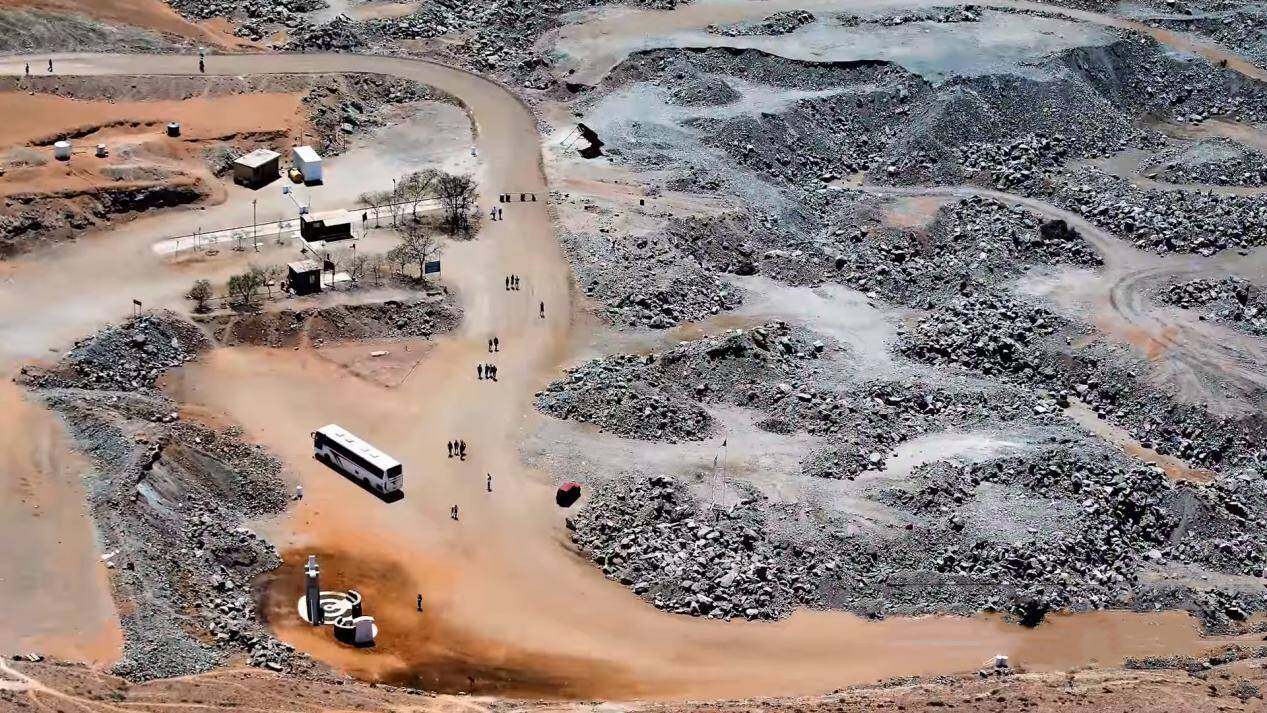
Entering the 21st century, China's modern industrial development urgently needs to import a large amount of copper to meet the needs of domestic industrial development. China has become the world's largest importer of copper products. During the period from 2005 to 2009, China's copper concentrate imports increased from 4.06 million t to 6.13 million t, an increase of 51.0%; electrolytic copper imports increased from 1.22 million t to 3.19 million t, an increase of 161.5%.
As of 2015, China has been the world's largest producer and consumer of refined copper for 10 consecutive years. According to the "Analysis Report on Market Prospects and Investment Strategic Planning of China's Copper Smelting Industry", China will continue to maintain its status as the leading producer of refined copper in 2020, with an output of 10.025 million tons, far exceeding other countries. China's man-made houses, cars, home appliances, etc., consume 54% of the world's refined copper products. Strong domestic demand has led Chinese mining companies to "go out", seek mineral resource reserves overseas, and participate in the cooperative development of foreign mineral resources in various forms of mergers and acquisitions. Aynak Copper Mine is a good example of a Chinese mining company's overseas mergers and acquisitions.
In 2007, the consortium formed by China Metallurgical Science and Industry Group and China Jiangxi Copper participated in the bidding for copper mine development. There are also companies from the United States, Canada and Australia participating in the bidding together. The competition is fierce, but the final winner is a Chinese company. Obviously, this is not the result that the United States wants to see.
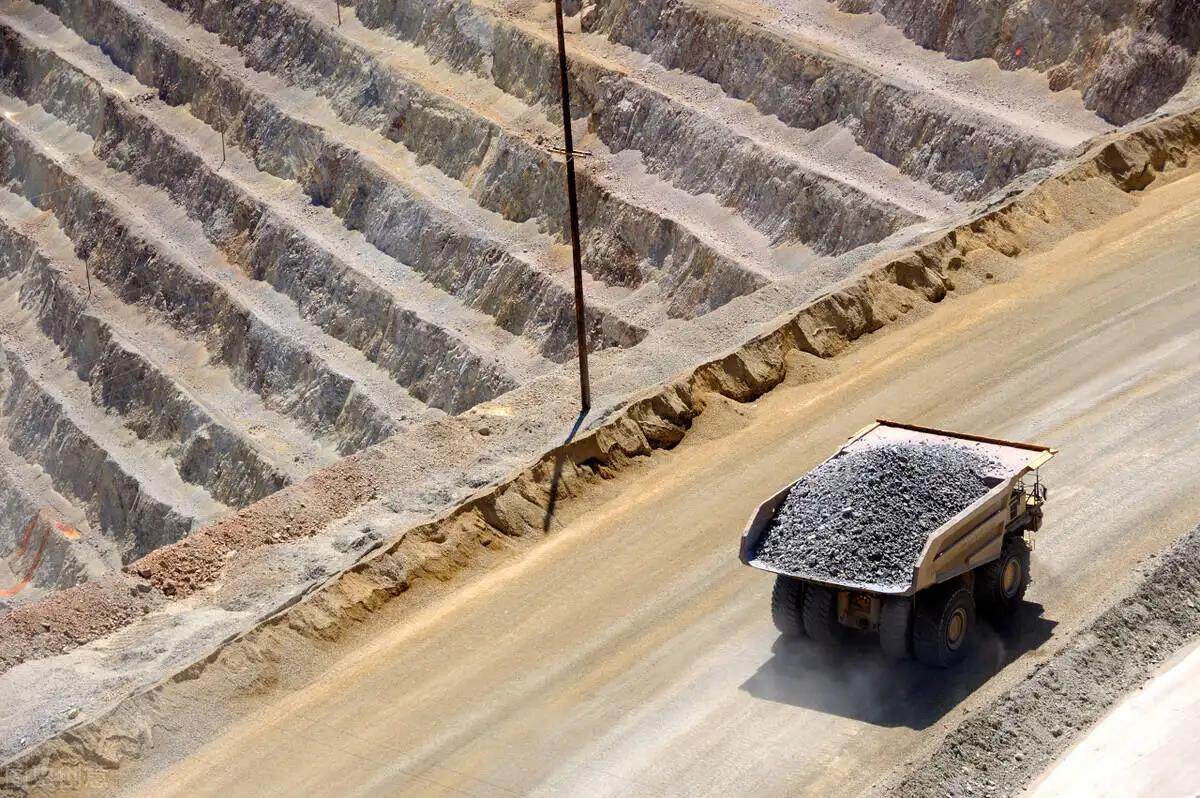
The Aynak Copper Mine is located in Lugar Province in the central and eastern part of the Afghanistan Plateau, 31 kilometers away from the capital Kabul. It is a world-class super-large copper deposit. The deposit is divided into two adjacent mining areas (sections), namely the west mining area and the middle mining area, with a distance of 1.5-2km. The total resources of the mine are 705 million tons of ore, with an average copper content of 1.56% and more than 10 million tons of copper metal. The total investment of the project budget is about 4.2 billion US dollars. After the project is completed, the Afghan government will receive 70 million US dollars in various taxes from the project every year, which can directly provide about 10,000 employment opportunities. At the same time, it will bring positive and profound changes to Afghanistan's transportation industry, trade, basic industry and infrastructure.
MCC and Jiangxi Copper obtained 100% operating rights to explore and develop the Aynak Copper Mine. The construction period of the project is 5 years and the mining period is 30 years. As the largest copper mine project monopolized overseas by Chinese companies so far, investors have placed high hopes on it. According to the construction plan, in addition to the refinery, a 400,000-kilowatt thermal power plant, a large-scale pumping station for water sources, and a fertilizer plant for processing associated phosphate rock into fertilizers will be specially built in the mining area. The preliminary construction work will take about 5 years, and once the Aynak copper mine is officially mined, it will have an annual output of 220,000 to 300,000 tons of refined copper.
Of course, this is a standard reciprocity program, and it is not only Chinese companies that benefit. Because according to the agreement between the two parties, the main labor force required by the mining area will be recruited locally based on the principle of proximity. Only the basic labor required in the mining area can provide more than 10,000 long-term jobs for the local area. In addition, the mine will also follow the domestic practice of China and build schools for children, exclusive hospitals, and even public service facilities such as mosques to solve the worries of local workers.
In order to facilitate the transfer of building materials and equipment in the early stage, as well as the subsequent outbound transportation of copper products, Chinese investors even plan to build a railway system connecting Pakistan around the mining area.
According to estimates, MCC-JCC is expected to invest more than US$4.2 billion in the first five years of construction of the mine. However, once the project is put into production, its annual output value can reach more than 1.2 billion US dollars. Not only can the scarce copper materials be transported to the domestic market every year, but the huge economic benefits radiated from the mining area and the railway system are bound to spread to the entire Khanlugar Province, benefiting more than 100,000 residents in the surrounding area.
Such a win-win project naturally makes the Afghan government extremely happy. Therefore, the progress of the initial stage of the Aynak project can be described as extremely smooth. In May 2008, the MCC-Jiangsu Copper Consortium formally signed a contract with the Afghan government; in July 2009, the groundbreaking ceremony was grandly held at the project camp in Logar Province. By the beginning of 2010, the road system from Kabul to the mining area had been completed, and the dormitory area for the construction workers had been basically completed, waiting for the builders to settle in.
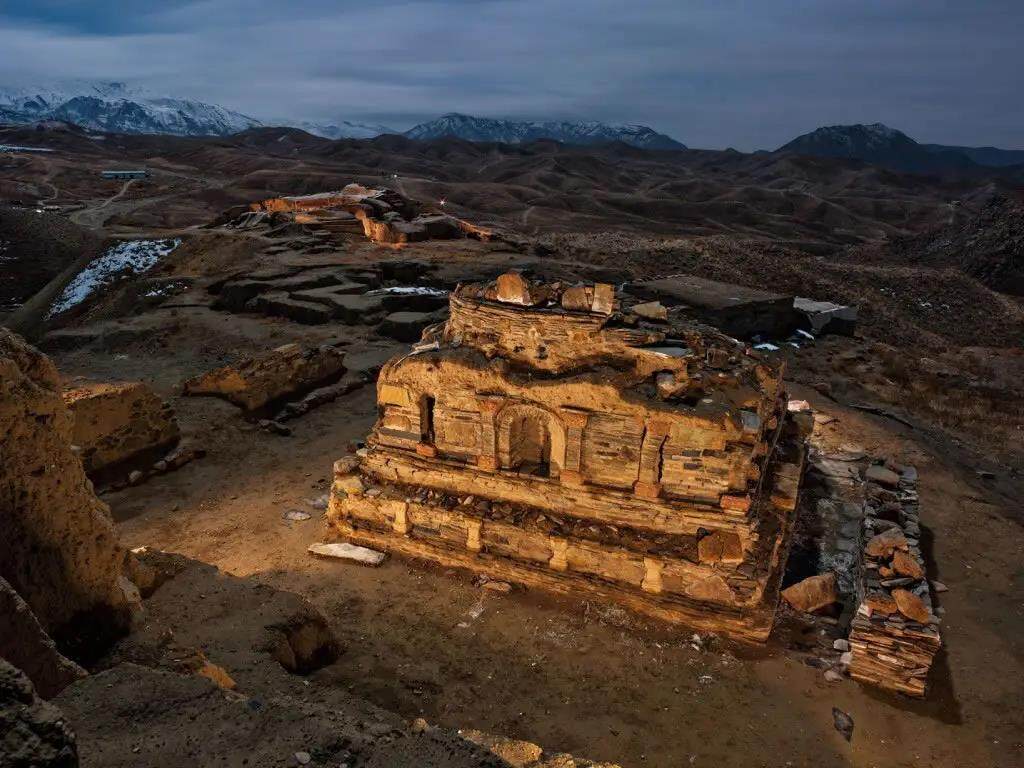
But just before the full-scale construction was about to kick off, a moth came. The first is that the project implementation has not reached an agreement on the compensation for the local people, and the construction period has been delayed. After a lot of hard work in the later period, the people's compensation dispute was resolved, but new problems emerged, that is, the second factor that led to the delay in the construction period, that is, the United States intervened.
There are a large number of Buddhist statues, temples and other historical and cultural relics in the Aynak copper mine area. After the news came out, in order to prevent China-Arab cooperation, the United States made big reports and exaggerated, claiming that China Metallurgical Group and Jiangxi Copper were destroying historical sites and cultural relics during construction. As soon as the report came out, accusations from all over the world pointed to China. The New York Times produced a feature film titled "China Plans to Destroy an Ancient Buddhist City to Get Copper Buried There," accusing China Metallurgical Group and Jiangxi Copper of destroying cultural relics during construction. The report made the project the object of worldwide condemnation.
This is absolutely unacceptable to investors who have paid huge sums of money for mining rights and preliminary construction. And just when the two sides were at a stalemate over the excavation and protection period, European and American media reporters, like flies that smelled fishy smell, came after the smell. Soon, various articles slandering and criticizing Chinese investment companies in Afghanistan flooded the newspapers and the Internet with a black cloud. Major European and American media have done their best to cover everything from environmental protection, cultural relics protection, business ethics, and human conscience. From the azimuth angle, a 360° slander + criticism of Chinese investment companies.
At this time, the Aynak Copper Mine project has been emptied for a full twelve years since the preliminary construction started in July 2009... As the largest investment by a Chinese company in Afghanistan so far, the Aynak Copper Mine has The experience was so tragic that the whole process was sorted out and summarized by many domestic investment institutions as negative teaching materials. Of course, despite the shutdown so far, the mining rights of the Aynak Copper Mine are still in the hands of the MCC-Jiangsu Copper Consortium.
China has regained the right to operate a trillion-dollar copper mine
In this way, due to government corruption, military conflicts, and Sino-US relations, the copper mine, which should have been completed and put into production within five years, has not made it through for 15 years. It was not until the new Taliban-led government came to power that the commissioning of the Aynak copper mine was officially put on the agenda.
On August 23, 2021, Abdullah Qahal Barki, a cadre of the Atta Organizational Culture Committee, conveyed two clear messages to the outside world: the first to bear the brunt is the change of this organization—after nearly twenty years Over the years, the Atta organization has gradually transitioned to a relatively normal state power, and it intends to establish stable and good relations with other countries in the world. On the other hand, in the face of the current huge financial pressure, Atta is willing to exchange Afghanistan's natural resources for foreign funds and aid.
According to reports, Foreign Ministry spokesman Zhao Lijian said that as a neighboring country of Afghanistan, it should lend a helping hand to Afghanistan, open up its friendly policy to it, and pursue a friendly policy toward all the Afghan people, which will not change in the past or in the future. Zhao Lijian said: "China will do its best to continue to support the reconstruction of the Afghan government and provide assistance to the development of the Afghan government in all aspects."
Copper is the earliest metal used by human beings, and until now copper is also one of the important raw materials for modern industry. Although China has a vast land and abundant resources, there is a shortage of copper mines. Therefore, China urgently needs to find high-quality copper mine partners. It happens that neighboring Afghanistan has a large amount of copper mine reserves. Afghanistan is located in the middle of Asia and is a completely landlocked country. The country is barren, with an average altitude of more than 1,000 meters, and the arable area is less than 10% of the country's area. However, Afghanistan has the richest mineral resources in the world, enough for the Afghan people to live like Saudi Arabia. According to data, Afghanistan has 4% of the world's copper resources. The copper belt from Kabul Province to Louga Province is one of the largest copper mines in the world. Up to 1 billion tons, the Aynak copper mine is here.
Although Afghanistan has a large amount of mineral resources, it has no ability to develop itself and can only rely on foreign capital. And China just needs a lot of imported mineral resources, Afghanistan is close to China, I believe there will be more such cooperation in the future.
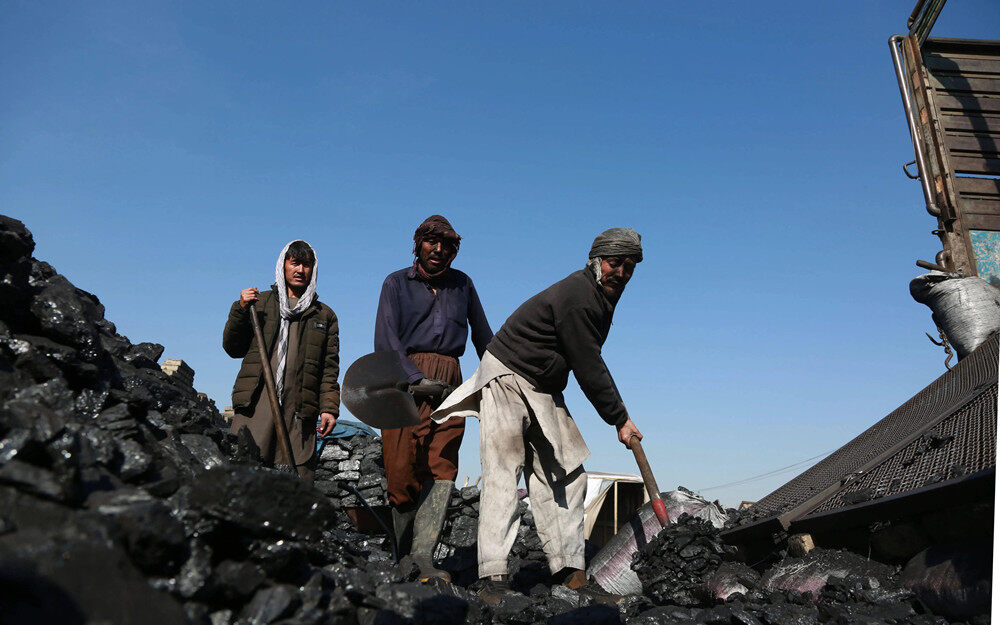
Copper is one of the most important non-ferrous metals in the industrial sector, and China's consumption is second only to aluminum. Copper has good flexibility, high thermal conductivity and strong electrical conductivity. Therefore, copper is widely used in electronics, automotive, chemical, construction and other industries. Copper also plays a very important role in the military field. It is precisely because of China's high dependence on copper resources that the United States has formulated a "resource strategy" specifically for China, and has made every effort to suppress Chinese companies' overseas ore investment projects. For example, on July 2, 2021, the United States announced that it would put Wanbao Mining on a transaction blacklist to prevent Chinese companies from investing in the Labitang copper mine in Munnyukwa, Myanmar.
After the Afghan Taliban came to power, various Chinese investments in Afghanistan also followed. Afghanistan's rich mineral resources will become the investment targets of Chinese companies, which means the collapse of the US "resource strategy" towards China. Chinese investment in Afghanistan will also boost the domestic economy, a deal that benefits both China and Afghanistan. The Aynak Copper Mine is only the first step in our cooperation. This cooperation agreement, which has been shelved for 15 years, has been restarted, which means that there will be more and more cooperation between us.
In the future, with the continuous increase of domestic reserves and the smooth blessing of external investment, it is expected that China's copper mine production will continue to increase in the next few years, which can better meet China's electric vehicles and copper needs in the energy transition. Editor/He Yuting
Comment
 Praise
Praise
 Collect
Collect
 Comment
Comment
 Search
Search



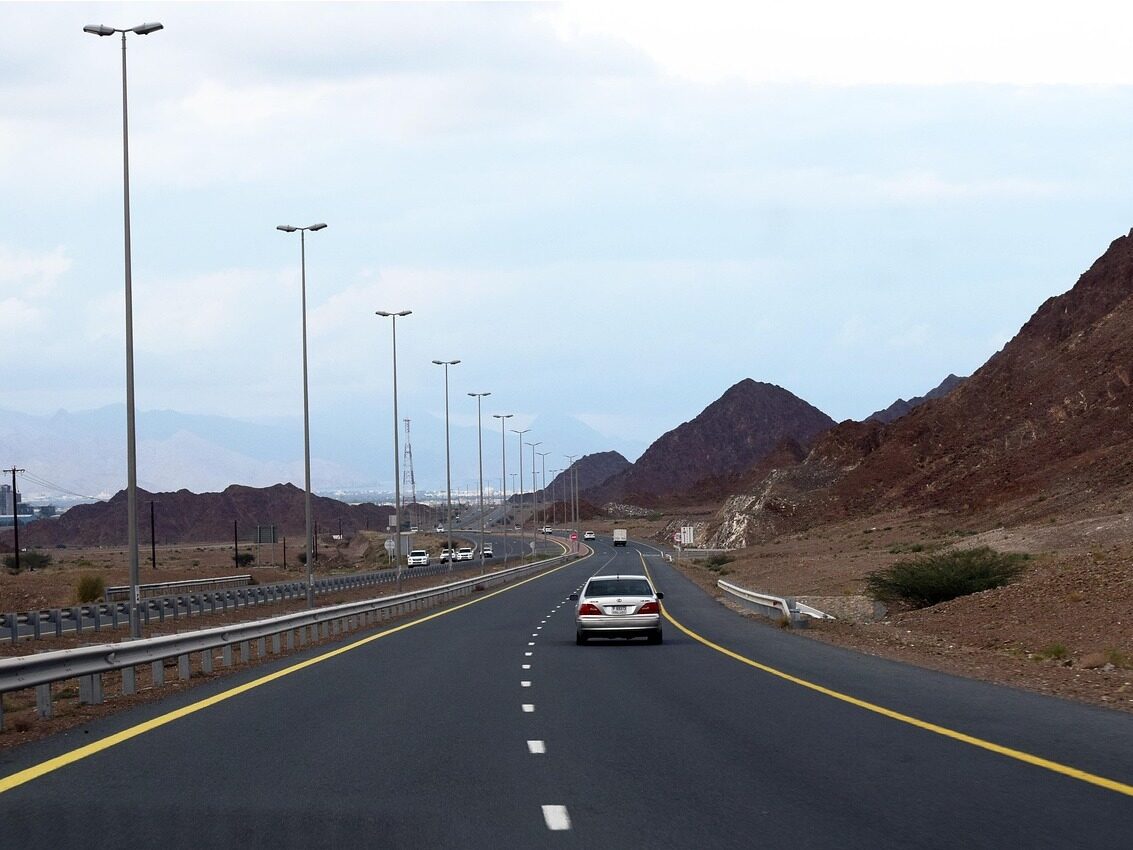
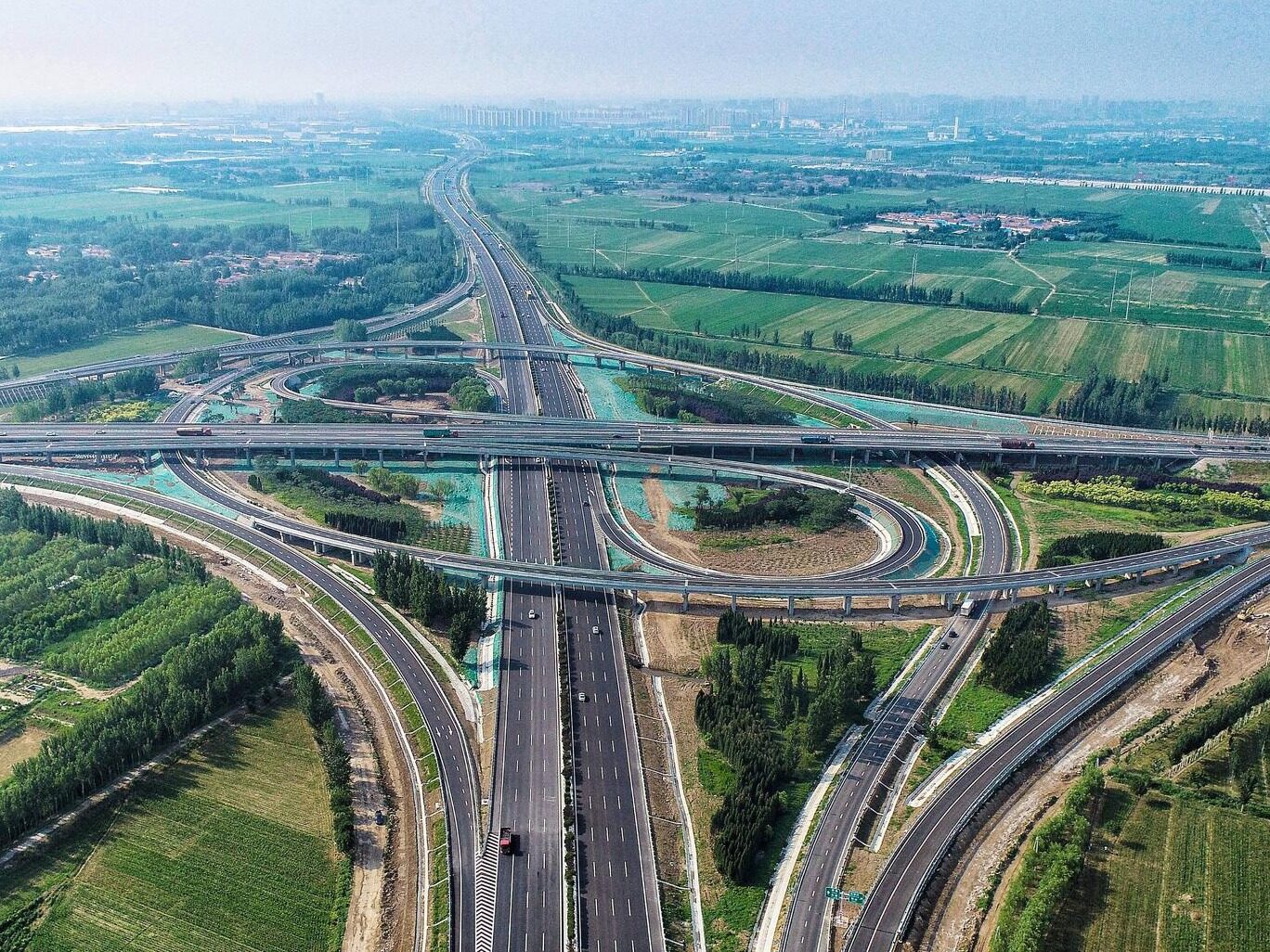
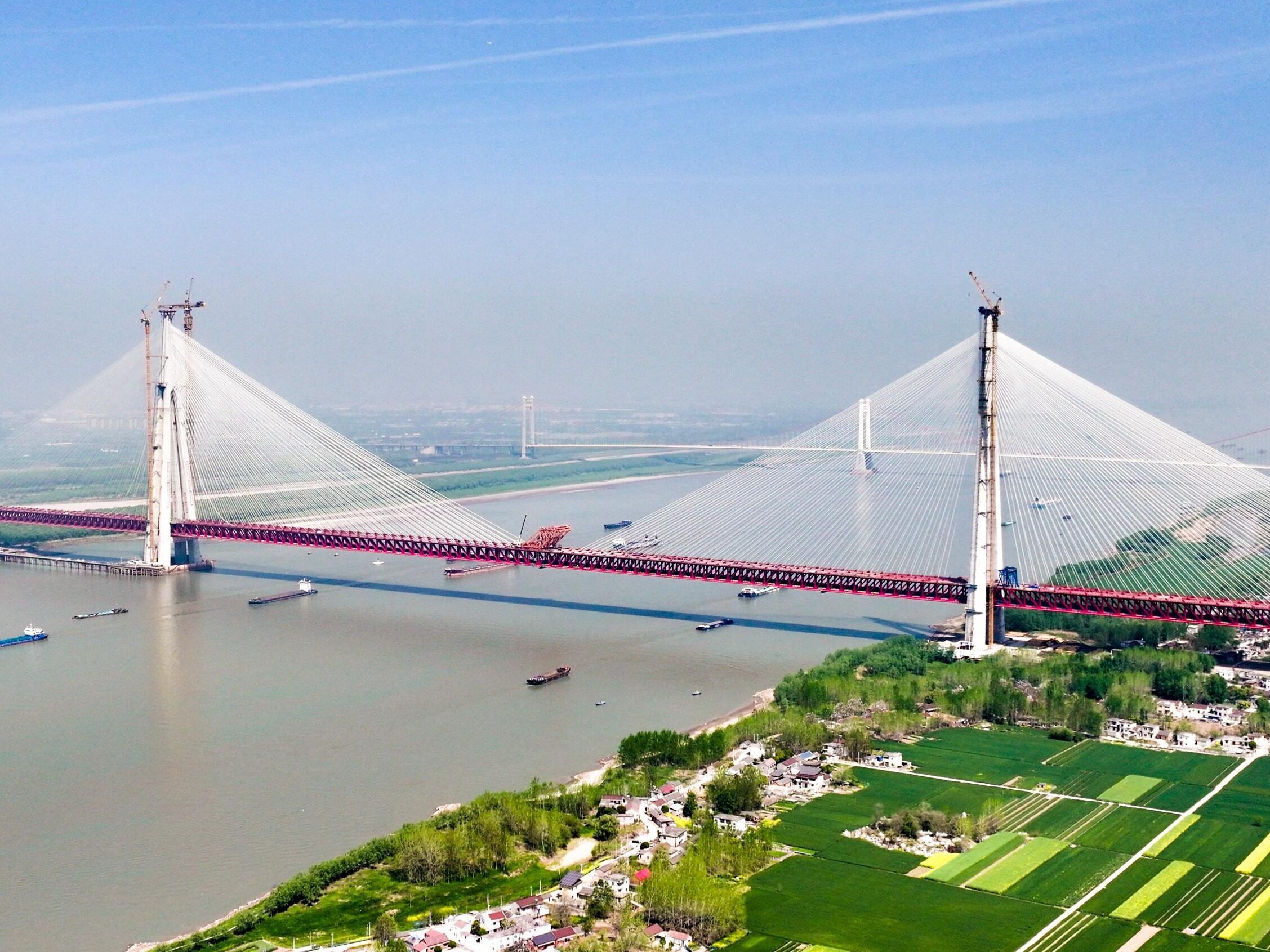
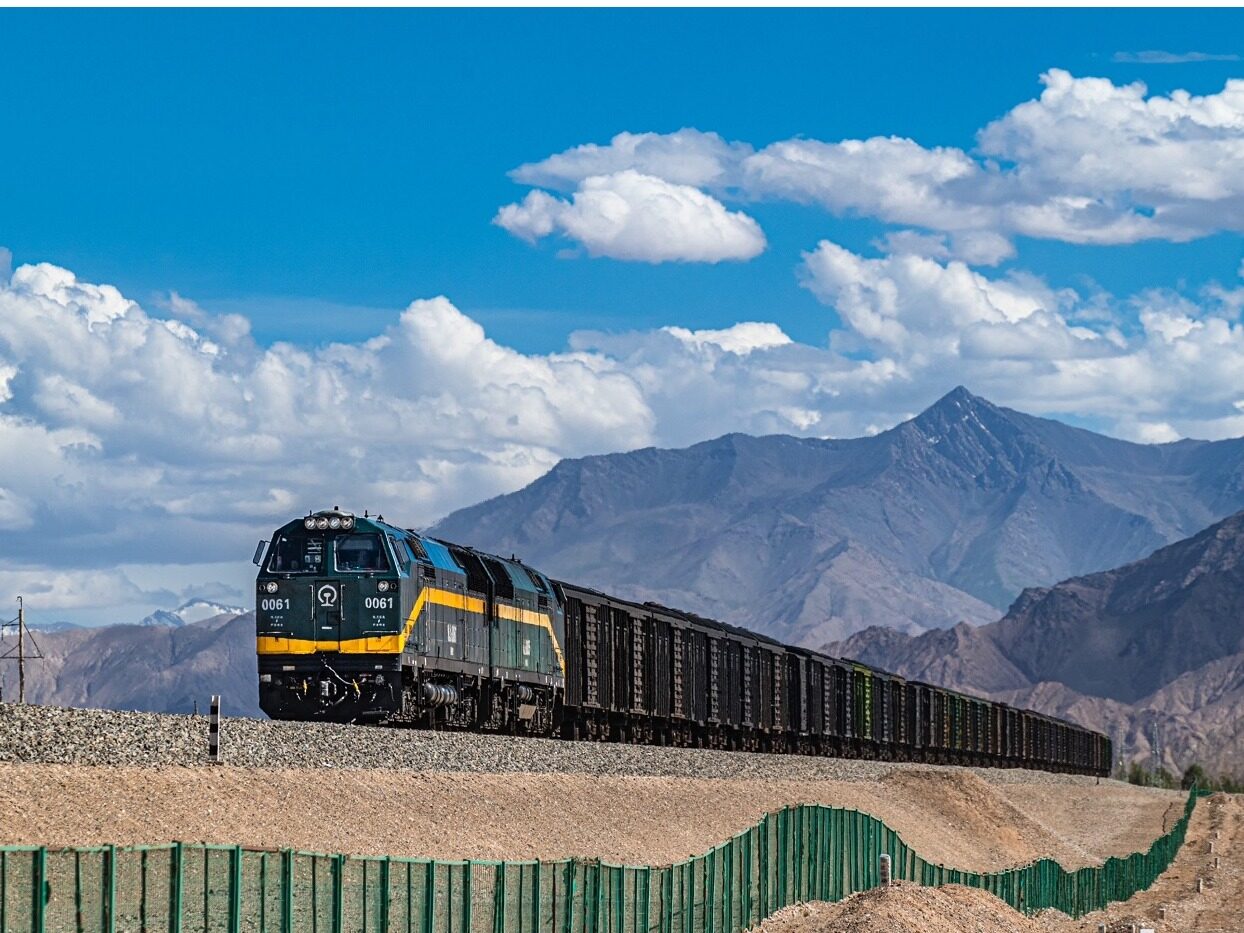







Write something~